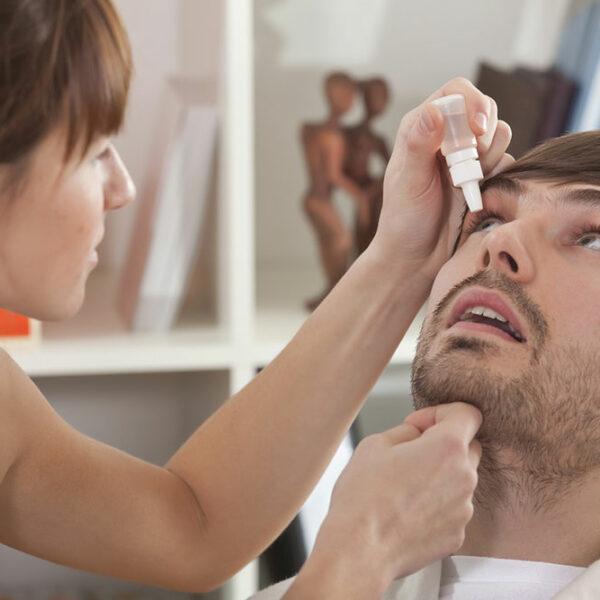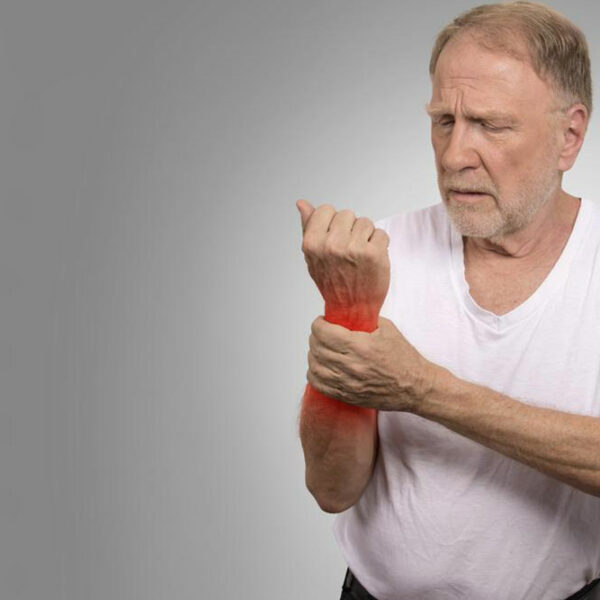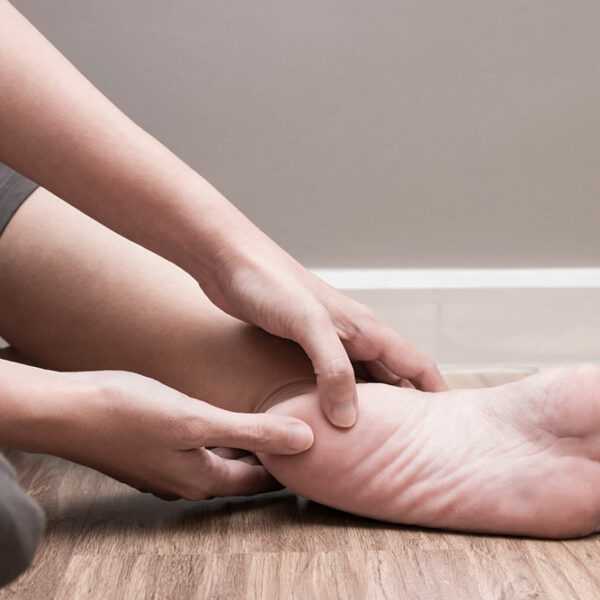
Symptoms and Treatment Methods for MRSA
MRSA is an infection caused by bacteria that are resistant to most common antibiotics. These skin infections can be painful and it can even lead to other complications if the bacteria enter the bloodstream. However, this condition can be treated, if identified quickly. Read on to find how to treat MRSA. What is MRSA? Staphylococcal Aureus is a bacteria that is part of the microflora in the human body. It is present in the respiratory tract, the nose, and the skin. MRSA or Methicillin Resistant Staphylococcus Aureus (MRSA) is a form of the Staph aureus that has become highly resistant to many of the common antibiotics that are used in treating bacterial infections. If you have any cuts or abrasions on the skin, this bacteria can cause a skin infection which is also referred to as MRSA. MRSA can be a Healthcare-Acquired condition or Community Acquired. In HA-MRSA, people who are admitted to hospitals for surgery or other procedures like IV tubing are vulnerable to this condition. In community-acquired or CA-MRSA, the bacteria spread through contact, i.e skin to skin. Children at school, childcare workers, people who work in crowded environments can be at risk. However, this is not a cause for panic, because most people have this staph bacteria in their body without getting or causing an infection.









